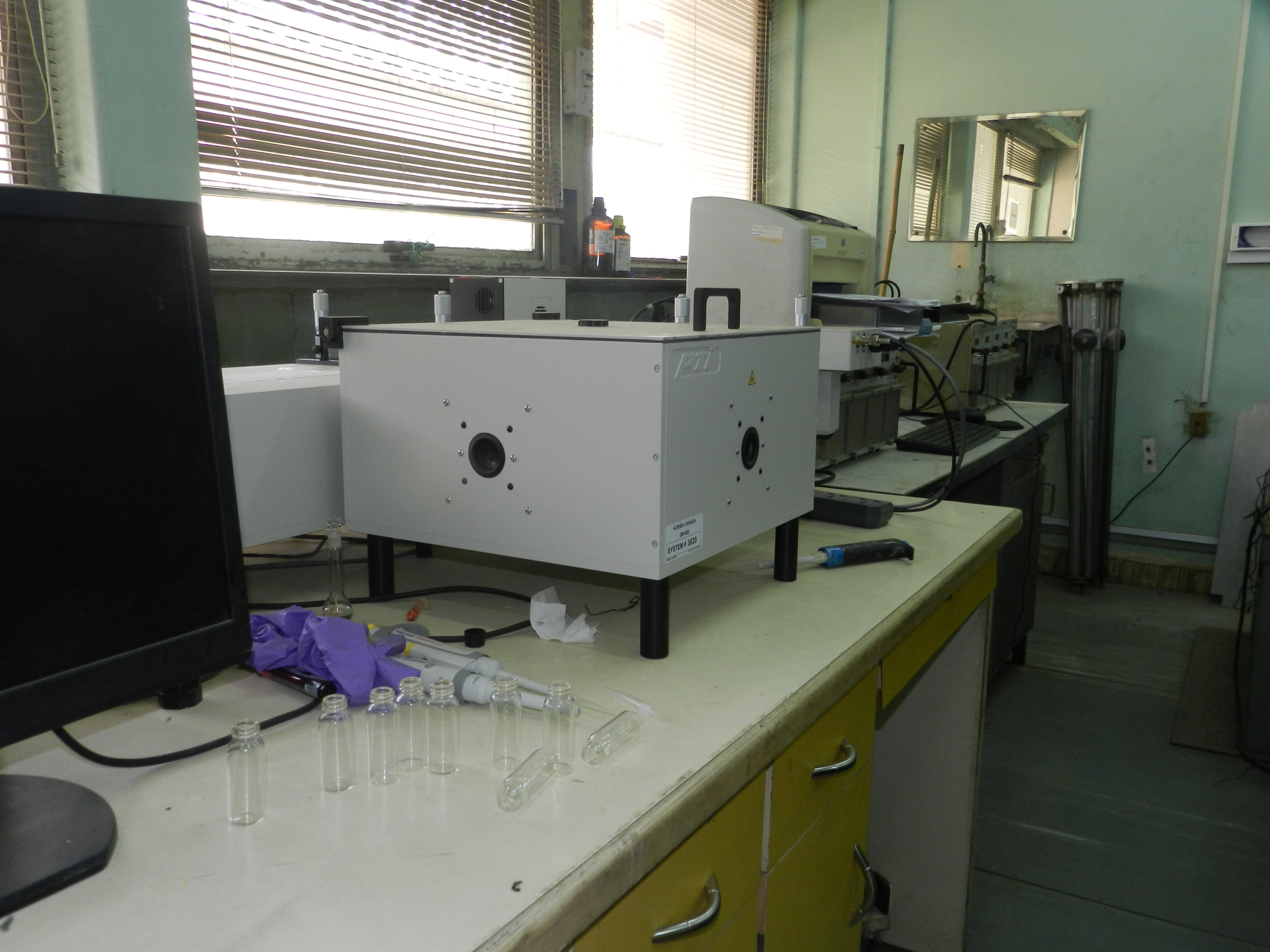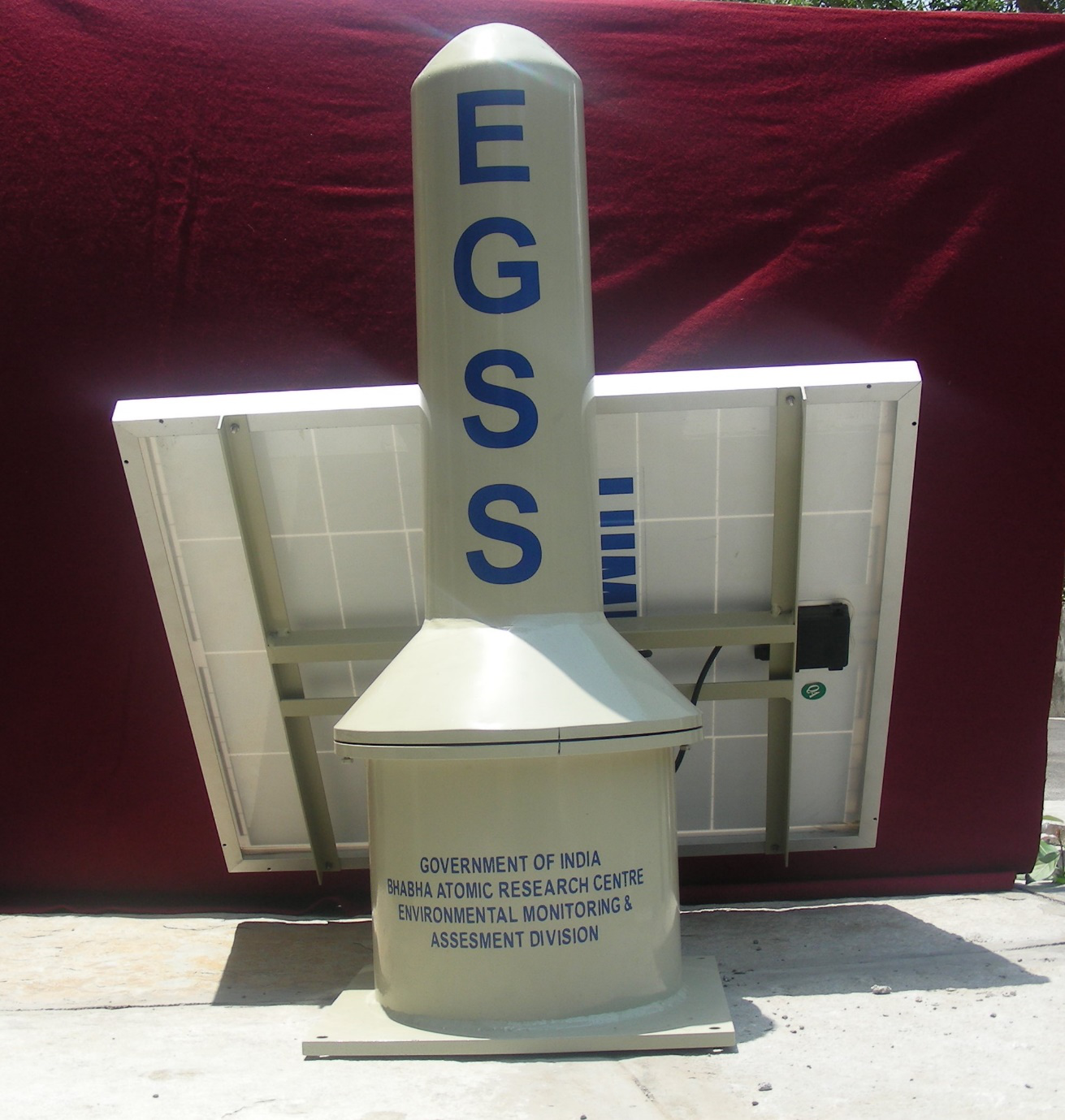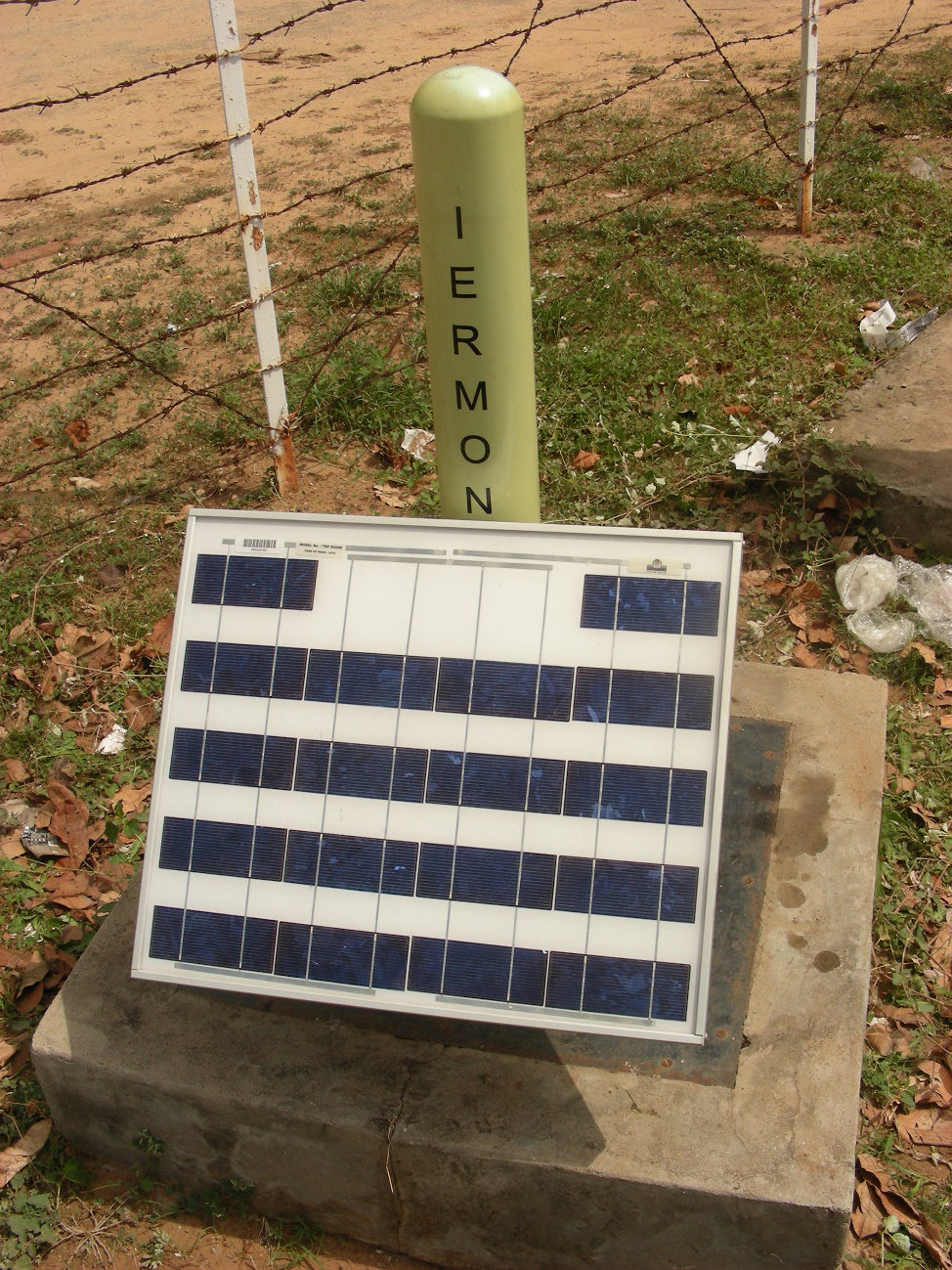

1. Environmental Radiological Surveillance around Nuclear Power Plants across the country
2. Environmental Radioactivity Monitoring and Surveillance around BARC facilities at Trombay and Visakhapatnam
3. Environmental Gamma radiation monitoring around all DAE facilities across the country using TLDs
4. Design and Development of Environmental Radiation Monitoring Systems
5. Establishment of countrywide Environmental Radiation Monitoring Network under IERMON
6. Environmental Monitoring, Assessment and Modeling of Radioactive and Non-Radioactive contaminants
7. Capacity building for nuclear forensic analysis
A systematic mapping of natural absorbed dose rate was carried out to assess the existing exposure situation in
\r\nIndia. The mammoth nationwide survey covered the entire terrestrial region of the country comprising of 45127
\r\nsampling grids (grid size 36 km2) with more than 100,000 data points. The data was processed using Geographic
\r\nInformation System. This study is based on established national and international approaches to provide linkage
\r\nwith conventional geochemical mapping of soil. Majority (93%) of the absorbed dose rate data was collected
\r\nusing handheld radiation survey meters and remaining were measured using environmental Thermo Luminescent
\r\nDosimeters. The mean absorbed dose rate of the entire country including several mineralized regions, was
\r\nfound to be 96 ± 21 nGy/h. The median, Geometric Mean and Geometric Standard Deviation values of absorbed
\r\ndose rate were 94, 94 and 1.2 nGy/h, respectively. Among the High Background Radiation Areas of the country,
\r\nabsorbed dose rate varied from 700 to 9562 nGy/h in Karunagappally area of Kollam district, Kerala. The
\r\nabsorbed dose rate in the present nationwide study is comparable with the global database.
A systematic mapping of natural absorbed dose rate was carried out to assess the existing exposure situation in
\r\nIndia. The mammoth nationwide survey covered the entire terrestrial region of the country comprising of 45127
\r\nsampling grids (grid size 36 km2) with more than 100,000 data points. The data was processed using Geographic
\r\nInformation System. This study is based on established national and international approaches to provide linkage
\r\nwith conventional geochemical mapping of soil. Majority (93%) of the absorbed dose rate data was collected
\r\nusing handheld radiation survey meters and remaining were measured using environmental Thermo Luminescent
\r\nDosimeters. The mean absorbed dose rate of the entire country including several mineralized regions, was
\r\nfound to be 96 ± 21 nGy/h. The median, Geometric Mean and Geometric Standard Deviation values of absorbed
\r\ndose rate were 94, 94 and 1.2 nGy/h, respectively. Among the High Background Radiation Areas of the country,
\r\nabsorbed dose rate varied from 700 to 9562 nGy/h in Karunagappally area of Kollam district, Kerala. The
\r\nabsorbed dose rate in the present nationwide study is comparable with the global database.
Environmental Gamma Spectrometry System (EGSS) is a standalone, solar powered, and battery-operated unit that can be installed in open field. It has a 2” diameter by 2” height NaI (Tl) scintillator-based gamma spectrometer, together with GM tube based gross gamma detectors.
\r\nThe multichannel analyser used in the spectrometer is developed in-house and eliminates the requirement of a PC for data logging.
Use of remotely sensed data (Landsat, LISS-III) and GIS for estimation of population and its distribution, up to village level, around nuclear power plants.
Environmental Surveillance is an integral part of the operation of the nuclear facilities to demonstrate compliance to the prescribed regulatory norms and to prove that there is no discernible radiological impact to the surrounding environment and to the public. Environmental surveillance includes collection and analysis of various environmental matrices around Nuclear Power Plants upto 30 km radial distance and estimation of dose to Members of public. The results of the annual environmental surveillance programme clearly indicated that the dose to the member of public at fence post is only a small fraction of regulatory limit of 1000 µSv/y and negligible compared to the dose received by the public from natural sources (~ 2400 µSv/y).
Under this programme environmental gamma radiation monitoring, using thermo-luminescent dosimeters (TLDs) around all the nuclear installations in India is being carried out by EMAD. Over large areas the TLD-recorded radiation profiles can reflect the environmental gamma
\r\nradioactivity distribution pattern and even seasonal variations in the radiation levels above ground may be delineated.
Evaluation of impact and assessment of build-up of radionuclides in the environment due to operation of various facilities of BARC. Environmental matrices: Fresh water, soil, vegetation, marine matrices like Sea water, sediment, biota, air particulate and air moisture collected and analysed for radionuclide content.
Scanning Electron Microscopy (SEM) allows for visual observation of an area of interest in a completely different way from that of the naked eye or even normal optical microscopy. SEM images show simple contrasts between organic-based and metallic-based materials and thus instantly provide a great deal of information about the area being inspected. At the same time, Energy Dispersive X-Ray Spectroscopy (EDS), sometimes referred to as EDAX or EDX, can be used to obtain semi-quantitative elemental results about very specific locations within the area of interest. EDS technique can detect elements from carbon (C) to uranium (U) in quantities as low as 0.1 wt%.
X-ray fluorescence spectrometry (XRF) is a well-established analytical technique for qualitative and quantitative elemental analysis (sometimes from Be to U) of a wide variety of samples. In particular, the truly multi-element character, acceptable speed and economy, ease of automation and the possibility to directly analyse solid samples are the most important features among the many that have made it a very mature analytical tool for routine quality controls in many industries, as well as for analytical support for the research laboratory.
A geographic information system (GIS) is a framework for gathering, managing, and analysing data. Rooted in the science of geography, GIS integrates many types of data. It analyses spatial location and organizes layers of information into visualizations using maps and 3D scenes. With this unique capability, GIS reveals deeper insights into data, such as patterns, relationships, and situations—helping users make smarter decisions.

 1990-11-30/2030-11-30
1990-11-30/2030-11-30Alpha and Gamma Spectrometry based Radioactivity estimation facility for environmental samples.
For nuclear forensic investigation availability of the reference forensic database is of utmost importance for tracing the origin of the confiscated material. Development of this database in front end fuel materials, has been initiated. Mine and mill samples from Indian operating plants are being collected and analysis of various forensic signatures is being carried out for generation of database. This database will serve as an input for developing National Nuclear Forensic Library.

 01-01-2018
01-01-2018Environmental Gamma Spectrometry System (EGSS) is a standalone, solar powered, and battery-operated unit that can be installed in open field. It has a 2” diameter by 2” height NaI (Tl) scintillator-based gamma spectrometer, together with GM tube based gross gamma detectors.
\r\nThe multichannel analyser used in the spectrometer is developed in-house and eliminates the requirement of a PC for data logging.

 10-04-2002
10-04-2002IERMON has an operational network of 500 or more unattended monitoring stations. As on July 31, 2019, IERMON is operational with 505 stand-alone solar powered GSM communication based Environmental Radiation Monitors.